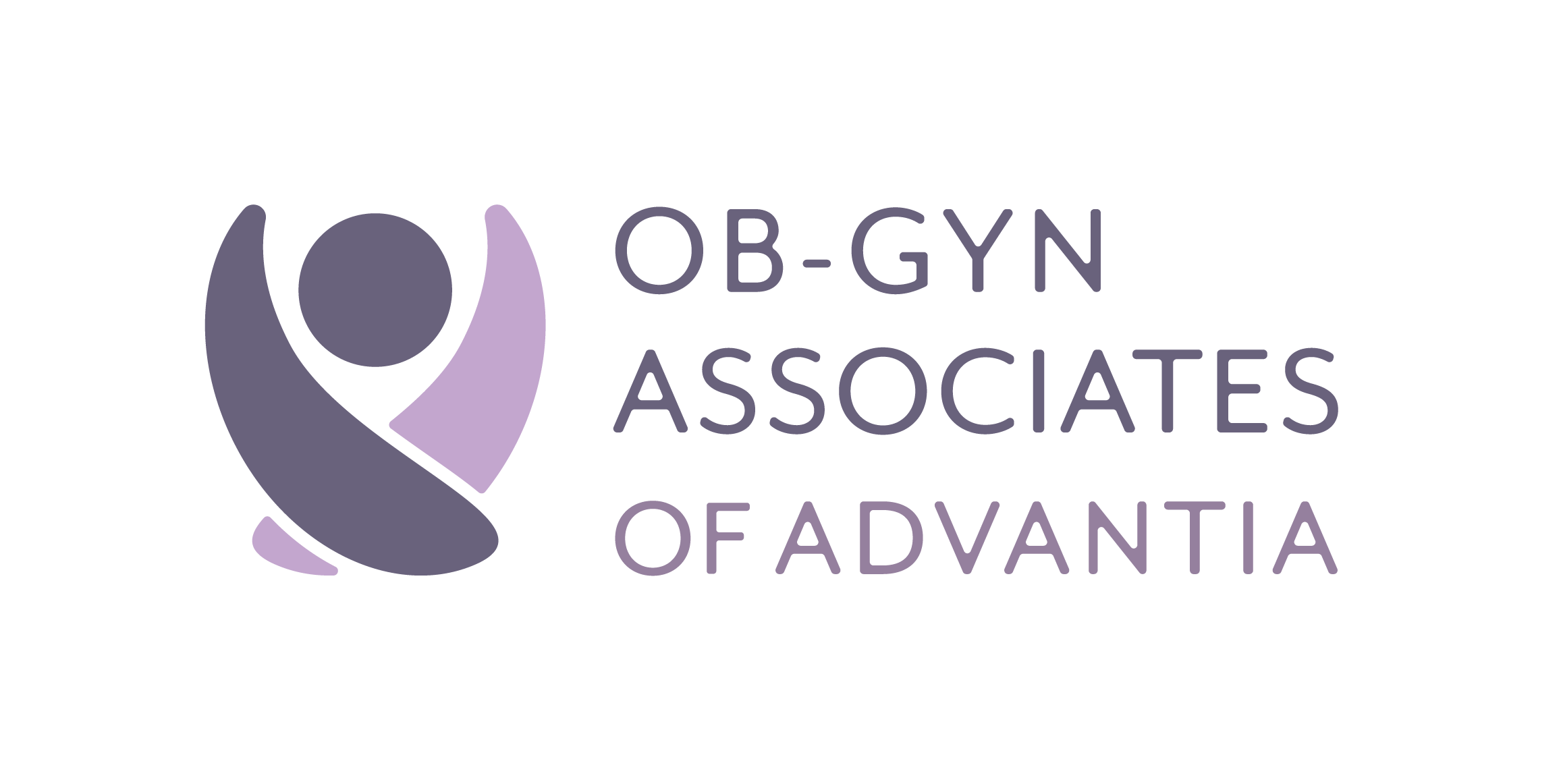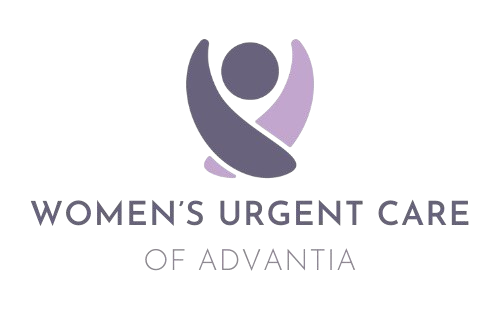
Published on: 7 July, 2021
Read Time: 4 min
Our primary objective in every pregnancy is to ensure the safe arrival of your baby. In most cases, this can be achieved through vaginal delivery. However, there are situations where a C-section (Cesarean section) becomes necessary to ensure the safety of both mother and baby. While the prospect of a C-section can be intimidating, it is often a safe and effective method for childbirth. Let’s explore some reasons why a C-section might be recommended or chosen.
Reasons for a Scheduled C-Section
A scheduled C-section is a planned delivery method recommended for various medical reasons, including:
- Large Baby: When the baby is anticipated to be large in size, making vaginal delivery challenging.
- Multiples: Pregnancies involving multiples, such as twins or triplets, may necessitate a C-section.
- Health Concerns: Certain medical conditions, like uncontrolled diabetes or heart conditions, can increase the risk of complications during labor, leading doctors to recommend an elective C-section.
- Active Genital Herpes Infection: To prevent the transmission of the infection to the baby during vaginal delivery.
- Fibroids: Large fibroids obstructing the birth canal may require a C-section.
- Breech or Transverse Position: If the baby is in a breech (bottom first) or transverse (sideways) position, making vaginal delivery more dangerous.
- Previous C-Sections: A history of previous C-sections may influence the decision to have another.
- Placental Issues: Conditions like placenta previa, where the placenta covers the cervix, necessitate a C-section for safe delivery.
By understanding these reasons, you can be better prepared for the possibility of a C-section and feel more confident in the care decisions made for you and your baby.
In some cases, the need for a C-section does not become obvious until labor is underway. In these fast-moving situations your doctor might recommend a C-section if:
- Your labor is not progressing.
- The baby is found to be in distress or in an abnormal position.
- You develop an infection in labor.
Most women are able to give birth vaginally. This is the most common method of delivery and we always support and encourage a trial of labor. But there is no reason a C-section, if it becomes necessary, cannot be just as joyful of an experience for mom, dad and baby. Fathers can often hold the baby right after delivery and mom is usually able to hold her baby and breastfeed immediately after the procedure is complete.
What are the risks of having a C-section?
For women who are going to have a C-section (when it has been recommended), it is important to know the full risks of the procedure. Having a discussion with your doctor about your own particular risks and benefits is an important part of the process.
The general risks of C-sections include:
- Increased bleeding. You are likely to lose more blood with a C-section than with a vaginal birth. You will be typed and screened for blood in the event you lose enough blood to warrant a transfusion; however, this is very rare.
- Reactions to anesthesia. Adverse reactions to any type of anesthesia are possible.
- Development of blood clots.
- After a C-section, you might be at risk of developing an infection of the lining of the uterus (endometritis) or at the site of the incision.
- Increased risks during future pregnancies for placental disorder called placenta previa or accreta.
If I have a C-section do all my future pregnancies have to be C-sections, too?
The answer is not necessarily. Most non-emergent C-sections make an incision in your uterus that allows you to try for a vaginal birth in your next pregnancy. This type of birth is known as a vaginal birth after cesarean (VBAC). Whether your future pregnancy will need to be a C-section or not will depend on
- The cause of your previous cesarean (i.e. a one-time emergency versus a chronic medical problem).
- The type of uterine incision that the surgeon used.
- How your future pregnancies progress.
The decision to have a C-section should always be made in consultation with your doctor. It involves many different factors such as your medical background, pregnancy history and of course your doctor’s advice. Be sure to speak to your own doctor about any questions, concerns or issues around having a C-section. But understand that C-sections can be a safe and beautiful way for your baby to enter the world!





